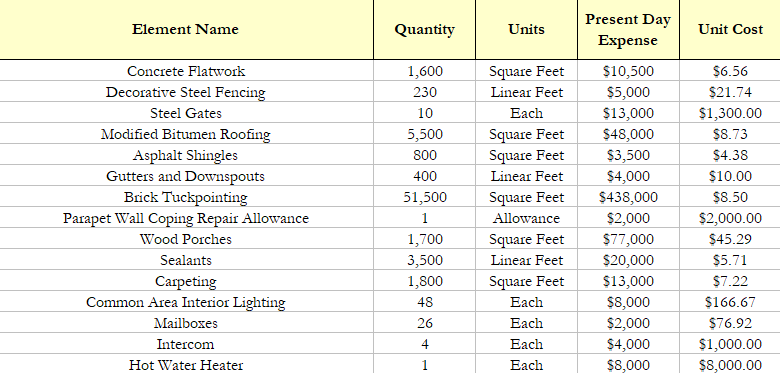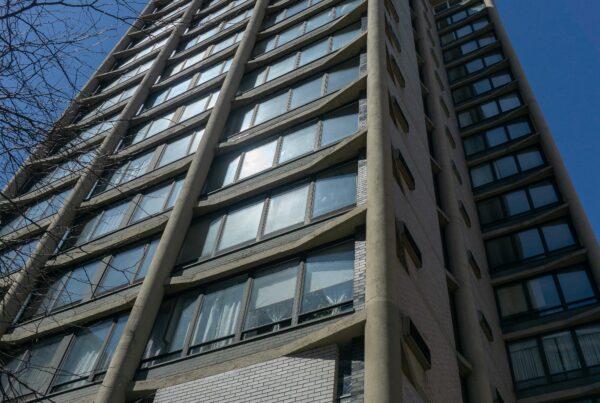Introduction
In a comprehensive examination, this discussion delineates the essential differences and similarities between reserve studies and property condition assessments (PCAs), pivotal in the realms of condominium, homeowners’ associations (HOAs), and townhome associations management.
The Importance of Reserve Studies
Highlighting the necessity of reserve studies, it points out their integration of building inspection with financial forecasting. These studies aid associations in understanding their maintenance responsibilities for common elements, such as roofing and exterior walls, specific to their property type. Updated every three to five years, reserve studies forecast the lifespan of these elements, estimate current and future replacement costs, and assess reserve adequacy and cash flows. The objective is to sidestep special assessments by suggesting HOA fee adjustments for upcoming expenditures.
The Role of Property Condition Assessments
Contrasting with reserve studies, property condition assessments zoom in on the property’s current health and imminent priorities. These assessments are vital for associations staring down significant near-term repair or maintenance projects, providing a granular view of each component’s condition and a prioritization of repairs to avert future hefty costs. PCAs, offering a shorter projection horizon—typically five to ten years—underscore a more detailed inspection process compared to reserve studies.
Choosing Between Reserve Studies and PCAs
The video articulates that while both assessment types are crucial for informed property management decision-making, they cater to different needs. Reserve studies serve as a foundational, long-term financial planning tool, ensuring associations can meet future maintenance obligations without resorting to special assessments. This is becoming a legal requirement in some states, underlining its importance in proactive property management.
Conclusion and Recommendations
In juxtaposition, property condition assessments concentrate on pressing maintenance and repair needs, advising on the urgency of projects to prevent expensive future repercussions. The choice between conducting a reserve study and a PCA hinges on the association’s current state and long-term planning requirements. The elucidation provided in this presentation is invaluable for associations grappling with the decision of which assessment tool to employ, guiding them towards informed decisions that protect their investments and ensure community well-being.





